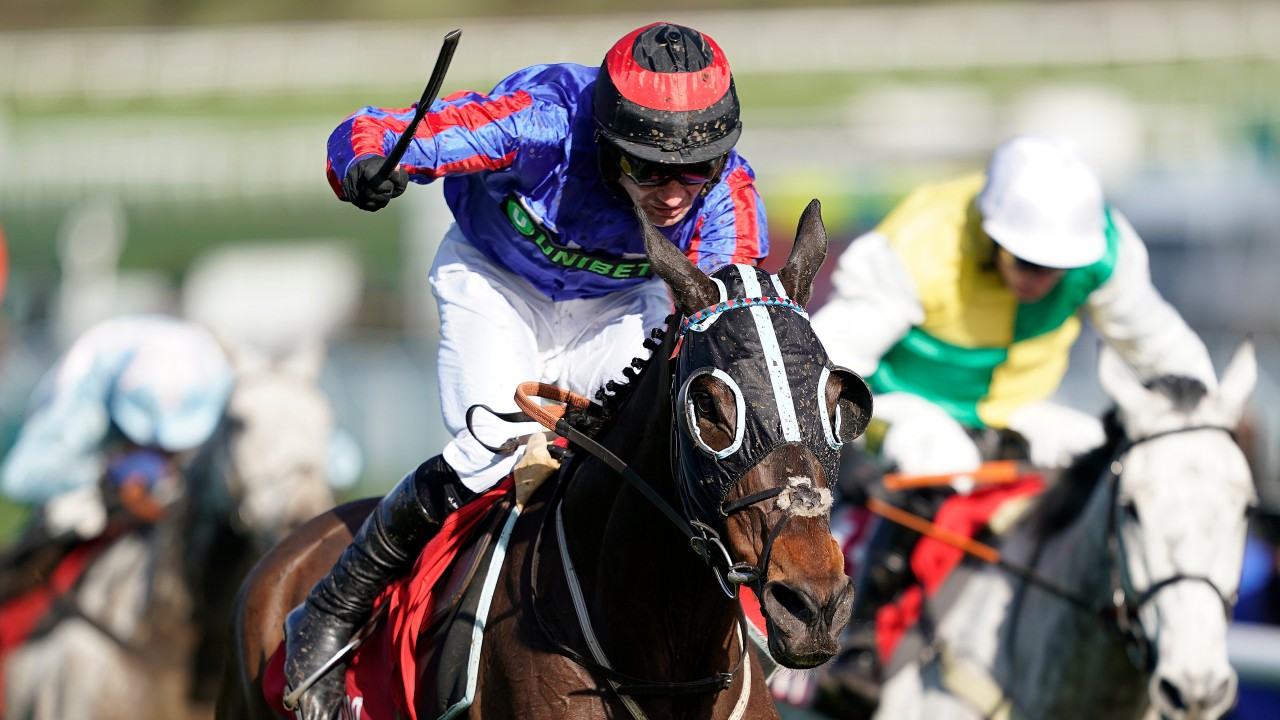Track My Horse Grand National
The Grand National is the longest race in the UK but it’s the difficulty of the fences that provide the real challenge to horse and rider. Just a mention of the fences Becher’s Brook, The Chair and the Canal Turn make a jockey’s blood run cold. Grand National 2017: track where your horse finished or fell with fence-by-fence recap Previous slide Next slide 22 of 32 View All Skip Ad.and fence 21 was the same. The Grand National is set for April 10, 2021 at Aintree Racecourse, Liverpool, England. Inaugurated in 1839, the Grand National is a handicap steeplechase in which FORTY horses run on turf over a distance of 4 miles, 514 yards, with 30 fences and a purse of £1 million (approximately 1.3 million USD). This marathon of a race is famous around the world as one of the most grueling challenges for any jockey and is the. The Grand National is the longest race in the National Hunt calendar, unless a horse has previously had a run in the National it’s unlikely that they have ever raced over this distance. In fact, few races come close to the four mile slog that Aintree serves up.
If you like National Hunt Racing, you are going to love this page. Anyone who follows the sport that features horses jumping over obstacles should already know all about Aintree Racecourse in Liverpool. After all, it is the most significant venue in all of National Hunt Racing.
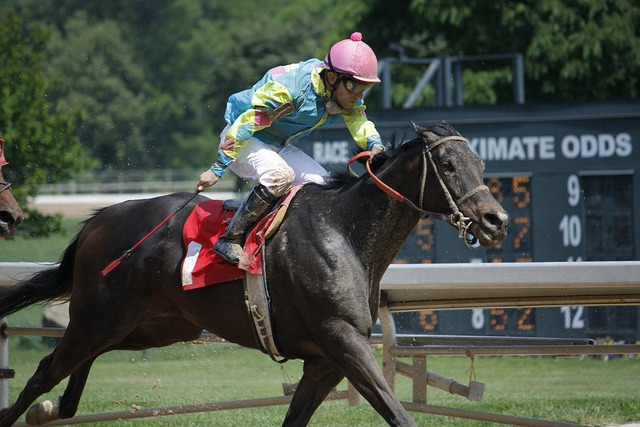
We wanted to amass the most important facts and data about Aintree and organize them into sections that make reading this guide easy to follow. Jump racing may not be as widely recognizable as when the Thoroughbreds race, but don’t be confused into thinking that the jump races don’t matter.
The most acclaimed jump race of all takes place at Aintree every year. Don’t worry; we are going to dive headfirst into the Grand National. We also want to give you a brief history of how the track got started and discuss some of the unique characteristics of the course. Believe us when we say that there is no racecourse in England quite like Aintree.
Chances are you will want to book a trip to Merseyside soon, so we are going to help you get there and tell you what to expect when you arrive. Before we get into to all this juicy information, check out this “shortish” overview covering some key points about the racecourse.
Overview of Aintree Racecourse
- Year Opened
- 1829
- Location
- Aintree, Merseyside, England
- Owners
- Jockey Club Racecourses
- Course Type
- National Hunt
- Notable Races
- The Gold Cup, Champion Stakes, King George VI and Queen Elizabeth Stakes
- Official Website
- http://aintree.thejockeyclub.co.uk/
Aintree Racecourse – Some Background History
Aintree Racecourse opened on July 7th, 1829. Many are surprised when they find out that flat racing was the sport of choice at the beginning. It wasn’t until 1836 when steeplechasing first debuted. It didn’t take long for the racecourse in Liverpool, England, to quickly become known as the home for steeplechase racing.
You can’t talk about Aintree Racecourse for but a few minutes without bringing up the infamous Grand National. The most notable race in all of steeplechase racing has been run at Aintree since 1839. We are going to talk at great length about that race in a segment below.
Before we do that, the appropriate thing is to describe the racecourse at Aintree to our valued readers. There are many horse racing facilities that share the same dimensions and measurements and don’t offer any unique challenges.
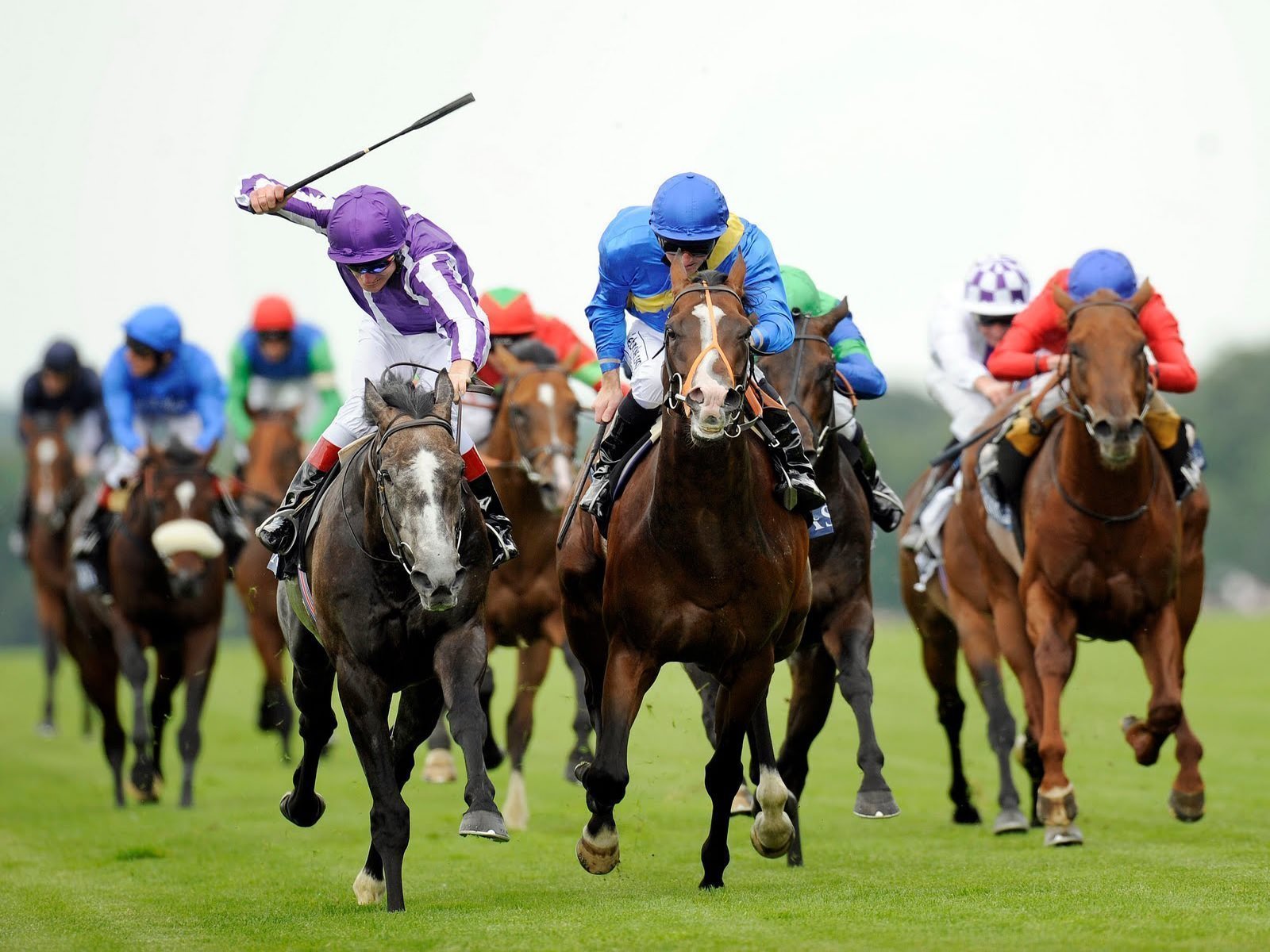
The racecourse at Aintree is truly unlike any other horse racing track we know. We are going to call it like it is, folks – this place is dangerous. So dangerous that since 2000 alone, more than 40 horses have been killed in the Grand National.
The major cause of these tragedies is the unbelievably daunting obstacles that the horses must leap over during the races. For those who don’t know, Aintree isn’t your average, oval-shaped dirt track that you find at many other tracks around the globe.
We will examine some of the fences and brooks the horses must jump over later, but you need to have a better idea of what the layout is like first.
It must be noted that there are two courses located at Aintree. There is “The Grand National Course,” and there is “The Mildmay Course.” The Mildmay track is certainly the more “mild” of the two and sits within the boundaries of the larger course. The Mildmay course didn’t open until 1953 and was initially designed to be a training/warm-up course of sorts for the Grand National course.
Over the years, it has developed and is now used to host some of the big events in April. The biggest race of all is without a doubt the Grand National.
It started back in 1839, just 10 years after Aintree Racecourse was opened. Seven-year-old horses and up that are willing to take a chance, step right up.
One could say that April is the biggest month of the year at Aintree, and they most certainly would not be wrong. The Grand National Meeting is a three-day stretch of jumping races that takes place from a Thursday-Saturday in mid-April. As important as all the events on the schedule are, the marquee race is without a doubt the Grand National.
Run on the final day of the series, the Grand National is the biggest and most admired race in the entire sport of steeplechase racing. How admired? Well, consider that more than 500 million television viewers from over 140 countries tune it to catch the race every year. The Grand National Course that is used as the site of the event isn’t just regarded as a difficult track that causes problems for the riders and horses.
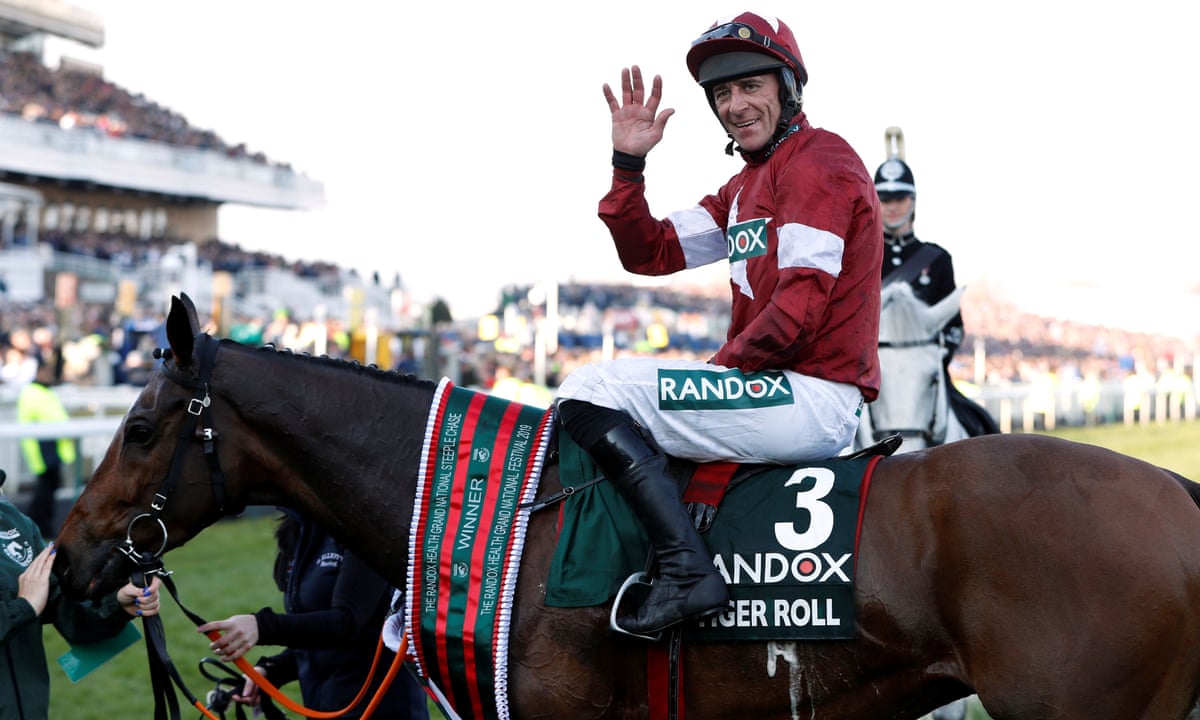
If you are wondering why let’s start by going over some of the details of this treacherous course.
Allow us to first wrap our heads around the length of the Grand National. The course is more than two miles long, and the horses must complete two laps. The total length measures out to a drawn-out 6.907 km, or 4 miles and 514 yards. That’s a whole lot of distance to cover when you think about it.
We already mentioned near the top of the page that more than 40 horses have been killed just since 2000 due to the unbelievably tough demands this course places on the animals. Many of the competing horses may get out of there alive, but they don’t make it out uninjured.
For an event that generally starts with around 40 horses, we are lucky if 10 or more are able to cross the finish line some 4 miles later. It is worth noting that the 1982 Grand National didn’t even have a third-place finisher. After 42 horses began the race, sadly only two were able to finish. If you thought that dangerous wrecks and accidents only occurred on the NASCAR track – boy, are you incorrect.
Finishing the Grand National is an immense accomplishment in itself; winning the event is the ultimate “cloud nine.” We have been scaring you men and women by describing how frightful the course is. It’s time to start uncovering the details why.
The course features 16 fences, each unique in their own right. While each horse must jump over each one on the first lap, the second lap only requires the first 14 obstacles to be cleared. On the final lap, “The Chair” and the “Water Jump” are avoided and the horses sprint down the final leg of the race, lasting nearly 500 yards (452 meters).
While all 16 have their own nuances, there are a couple of incredibly frightening ones that every rider must have nightmares about the night before the race.
For more information on these obstacles and the Grand National in general, please see our page dedicated to this famous race.
Do You Want to Travel to Aintree?
If you are thinking about heading to Aintree Racecourse but have no interest in jump racing, all is not lost. There have been plenty of massive-scale events held at Aintree other than steeplechase races. The British Grand Prix was held at Aintree five times in the 1950s and ’60s.
Artists such as Michael Jackson and P!nk have held concerts on site, while McFly was on stage for the 2005 Liverpool Summer Pops festival. And if Formula 1 events and high-profile musicians don’t do it for you, how about a relaxing round of golf at Aintree?
If you like golf, make sure to bring your sticks to Liverpool with you because there is actually a nine-hole golf course fully equipped with a driving range and practice facility on the same property as the racecourse. This course will be unlike any other you have played in the past – we can just about guarantee that.
Unless you have played a golf course that has an eight-foot-wide brook integrated as part of the course, that is. Speaking of “course,” the golf facility must be closed during races because of how the two courses are intertwined. The jockeys and horses have it hard enough; the last thing they need is to have to dodge little white balls flying around.
So yes, there is a golf course, and yes, they use the grounds to host concerts, festivals, and other sporting events. With so much going on at Aintree, it’s time to explain how you get there if you want to take it all in.
The racecourse is physically located on Ormskirk Road in Liverpool. Obviously, if you are from around the area, you will likely drive your car or hop in an Uber to head to the racecourse. College students at the University of Liverpool know the racecourse all too well, as it’s only a stone’s throw away. The short seven-mile trek from the campus to the racecourse is one that the adolescents are likely familiar with. If you will be traveling via an airplane, two options make the most sense.
The closest place to fly into is the Liverpool John Lennon Airport, located just 20-25 minutes south of Aintree. The problem is that this airport mainly serves planes coming in and out of the northern and western portions of England. Let’s say you are traveling from another country – your cheapest and most efficient route will likely go through Manchester Airport.
The international airport is less than 40 miles away, and you shouldn’t have any issues tracking down a flight that lands at Manchester. Once you land, head over to the track, and let the games begin!
Brief Summary
Just thinking about the obstacles the horses must endure at Grand National Racecourse at Aintree makes our backs and necks cringe. After opening in 1829, it didn’t take long for Aintree to become the face of steeplechase racing. Thanks to the Grand National series events in April, Aintree Racecourse has vaulted itself into the position of the most illustrious course of its kind anywhere in the world.
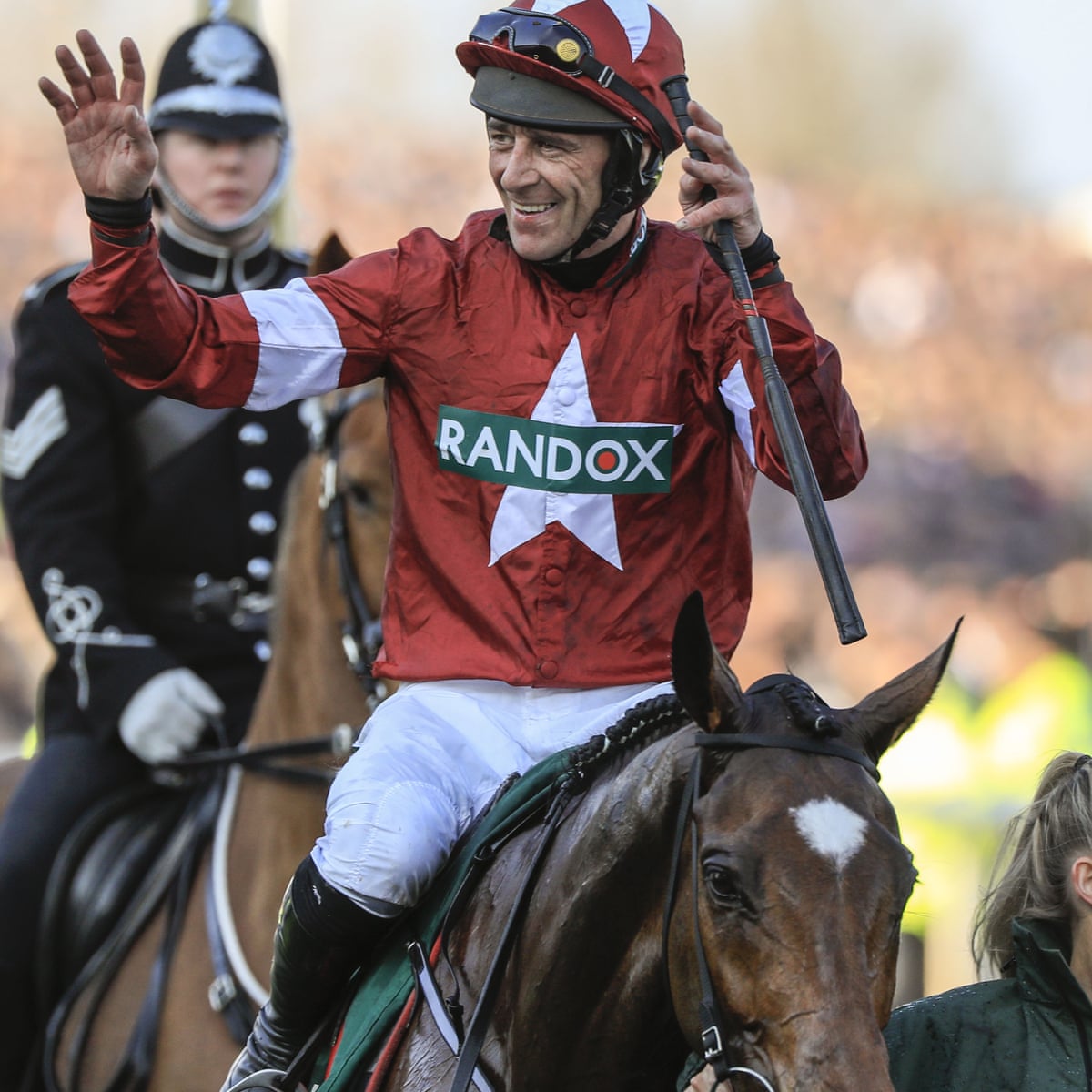
What makes this racecourse so extraordinary is the difficulty of the obstacles that are set up. You can’t talk about Aintree without entering a conversation about the Grand National and what goes on during the 4+ miles, which is why we devoted part of this page to the famous race.
We also told you about the golf course on site and gave you some tips on planning a trip. Basically, we’ve tried to paint you a complete picture of this racecourse. There’s nothing quite like seeing it for yourself, though, so why not fly into Manchester and spend a couple days in and around Aintree?
Grand National hopefuls are polishing off their preparations ahead of next month’s Aintree spectacular and a number of potential runners are in action on Saturday.
A string of quality chasers including Grand National favourite Cloth Cap will contest the 2m 7½f Listed contest at Kelso. The small-but-competitive-looking field could provide some pointers over form with April 10 in mind. Journey south to Doncaster where there could be more clues for the world’s greatest steeplechase in the Class 2 Grimthorpe Handicap Chase.
Don’t forget, Paddy Power is offering non-runner money back on the Grand National so you don’t risk losing out if your pick does not line up on the day.
Kelso – 2.40
CLOTH CAP
Track My Horse Grand National Horse Show
The 12/1 NRMB favourite for the Grand National, Cloth Cap is running for the third time this season after a lengthy break since winning the Ladbrokes Trophy Chase at Newbury in November. The Jonjo O’Neill-trained nine-year-old finished third behind Frodon and West Approach on his seasonal reappearance at Cheltenham the month before.
DEFINITLY RED
The 12-year-old is running under rules for the 37th time in his career. Definitly Red finished eighth out of 10 on his seasonal reappearance in the Grade 2 Charlie Hall Chase before falling in a Listed race at Newcastle in November. He is currently 33/1 in our Grand National NRMB book.
LAKE VIEW LAD
A 20/1 NRMB shot for the Grand National, Lake View Lad kicked off his season in fine style by winning the Many Clouds Chase at Aintree in December beating the likes of 2020 Gold Cup runner-up Santini, 2018 Gold Cup winner Native River and Frodon, who won the King George VI Chase on Boxing Day. Native River turned the tables as Lake View Lad finished 78l behind in fifth out of six starters in last month’s Cotswold Chase.
Doncaster – 3.30
CANELO
It’s been a busy old campaign for Canelo, who runs for the sixth time and is hoping to improve his 40% win rate for the season. The Alan King-trained eight-year-old has been allocated a rating of 147 for the Grand National – and is currently available at 33/1 NRMB.
BEWARE THE BEAR
Horse Track Grand Prairie
A winner at the 2019 Cheltenham Festival in the Ultima Handicap Chase, Beware The Bear has not been first past the post since. The Nicky Henderson-trained 11-year-old has finished fifth and seventh in two runs this season. Beware The Bear, who runs off a mark of 153, is 50/1 for the Grand National in our NRMB book.
